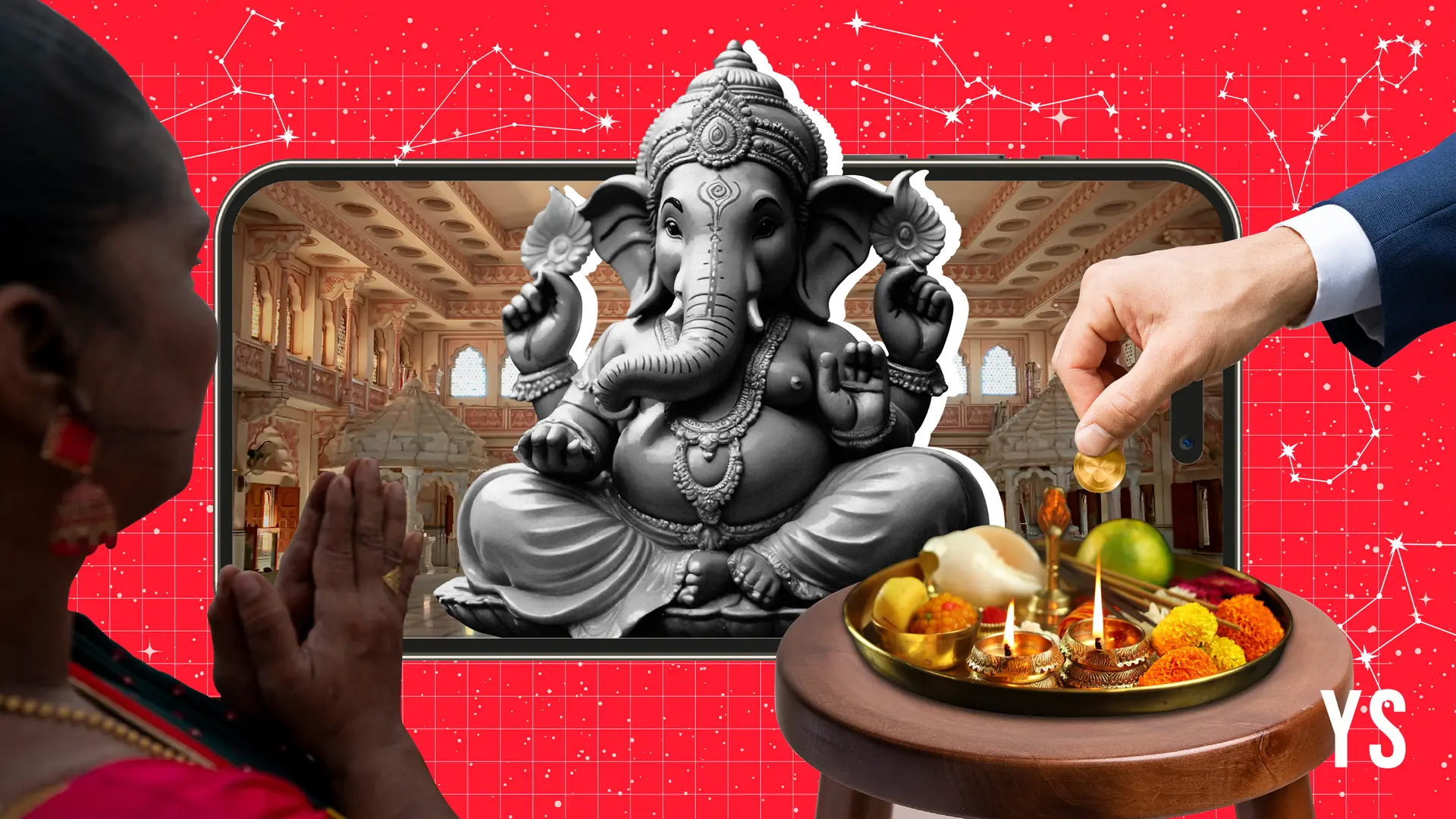Maha Kumbh Mela 2025: Merging tradition with technology for a seamless pilgrim experience
In 2025, this ancient gathering is set to embrace modernity, as cutting-edge technology redefines the pilgrim experience, emphasising comfort and sustainability.
As the sun rises over the holy river, thousands of pilgrims are preparing to gather for the Maha Kumbh Mela, one of the largest spiritual gatherings in the world, scheduled to take place in Prayagraj from January 13 to February 26, 2025.
Every 12 years, the sacred confluence of the Ganges, Yamuna, and the mythical Saraswati rivers becomes a spiritual epicenter, drawing millions to its shores. The Maha Kumbh is more than just an event; it embodies faith, community, and the timeless rhythms of tradition.
In 2025, this ancient gathering is set to embrace modernity, as cutting-edge technology redefines the pilgrim experience, emphasising comfort and sustainability. Pilgrims will be equipped with a Kumbh Mela mobile app—a smart tool designed not only to navigate the vast and sprawling grounds but to guide the soul.
Powered by AI-based navigation systems, the app uses GPS to provide real-time directions to bathing ghats, temples, prayer spaces, and medical aid stations. It will also help visitors find their designated campsites and the best routes to take, whether for the holy bath or to explore nearby food options.
By eliminating logistical stress, the app aims to help pilgrims fully immerse themselves in the spiritual experience, making their journey smoother and more enriching.
Crowd management and safety
Anticipating approximately 40 crore participants, authorities are implementing AI-driven surveillance systems to ensure safety and efficient crowd management. Over 2,700 CCTV cameras, including 328 equipped with artificial intelligence, will monitor the Mela grounds.
These AI-enabled cameras can analyse crowd density and predict movement patterns in real-time, providing live alerts to authorities to prevent overcrowding and ensure smooth navigation for visitors.
Additionally, RFID (Radio Frequency Identification) wristbands will be distributed to pilgrims. These devices will enable real-time tracking of individuals, ensuring safety and assisting in locating missing persons promptly.
To facilitate seamless communication, the Uttar Pradesh government has introduced "Kumbh Sah'AI'yak", an AI-powered chatbot available in 11 languages. Accessible via WhatsApp, this chatbot provides pilgrims with real-time information on event schedules, directions, and historical insights, enhancing their overall experience.
Virtual experiences and accessibility
Recognising the vast number of attendees, organisers are also offering immersive virtual reality (VR) experiences. Through VR stalls, pilgrims can participate in iconic events like the Ganga Aarti or the Peshwai procession from anywhere in the world, broadening accessibility and reducing the strain on physical infrastructure.
Drone technology and aerial surveillance
Drones are being utilised for aerial surveillance to enhance security and monitor crowd movements effectively.
Additionally, a drone show featuring over 2,000 drones will illuminate the skies, narrating stories of Hindu mythology and highlighting the spiritual significance of Prayagraj, adding an artistic touch to the technological advancements.
Sustainability initiatives
In a significant move towards environmental responsibility, the Maha Kumbh Mela 2025 has banned single-use plastics. Biodegradable alternatives made from materials like bamboo and jute are being introduced to reduce the festival's environmental footprint. This initiative sets a precedent for large-scale gatherings, promoting eco-friendly practices.
To further enhance waste management efforts, the government is deploying AI-powered waste segregation units. These units utilise sensors and artificial intelligence to sort waste into recyclable, biodegradable, and non-biodegradable categories, streamlining the waste management process and promoting recycling.
Edited by Jyoti Narayan







